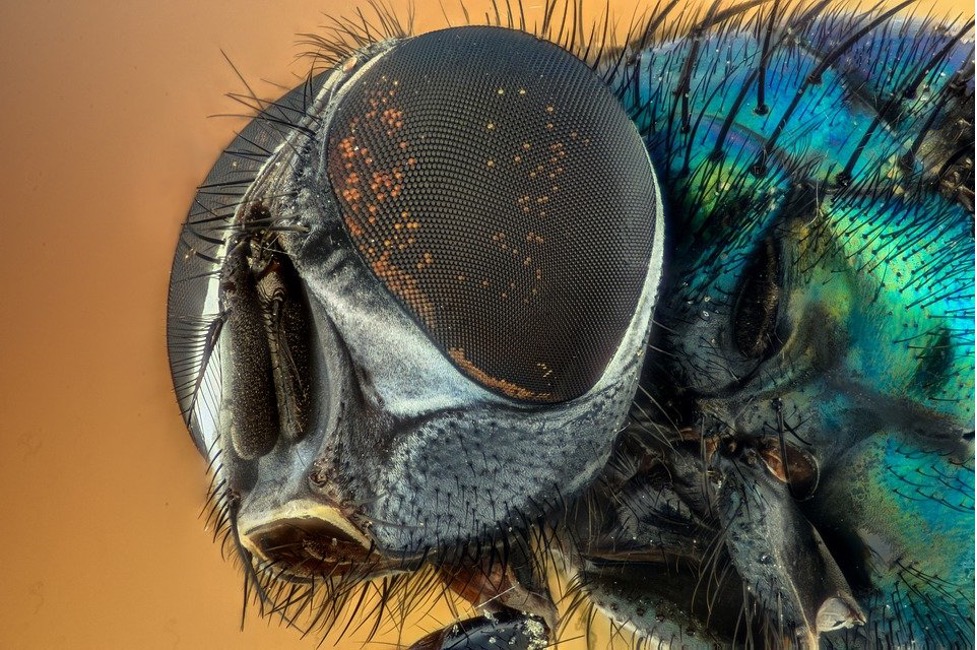 Neurobiology
Neurobiology
What makes us different - chance in brain development and its consequences for individuality
Why are we all different? By comparing brain anatomy we uncovered anatomical difference in the brain of individuals, resulting from chance processes during development. We show that these differences are linked to changes in behavioral responses. Therefore, next to nature and nurture, also chance shapes individuality.

Why are we all different? This is one of the oldest and most contested scientific questions. Naturally, the brain is often the focus of these discussions, as it is the control center for our body and behavior. The debate of "nature vs nurture" tried to determine whether genetics or the environment shape individual differences. Studies on identical twins (sharing the same genetic information) provide evidence for both, further fueling this eternal debate. While most scientists agree that both factors influence individual properties, a third factor, namely chance, has often been ignored or overlooked.
Our recent study tries to fill this gap by asking how chance in brain development influences behavior. We do this by looking at a specific type of neuron called Dorsal Cluster Neurons (DCNs), which connect the two brain hemispheres. The DCNs form thousands of connections that allow communications between the two brain hemispheres. In some animals the DCN pattern is complete, while in other animals the pattern has gaps, that are highly unique to the individual. These gaps lead to brain parts that receive no information from the other brain hemisphere and can create an asymmetric pattern. In this way, chance in brain development creates a different pattern for each individual. This leads to vastly different signals in the communication between the brain hemispheres, which could influence how animals perceive and respond to their environment. In the case of flies, each individual has a unique DCN pattern, making them a good model to study this.
The DCNs are a part of the fly brain that receives and processes visual information. We identified a visual behavioral test that requires normal DCN function, and named it after medieval paradox Buridan's paradigm. In the assay a fly walks back and forth between two objects it can see, but not reach, on opposing sides of a round platform. On average, a group of flies will walk back and forth between the objects.
Using this assay, we showed that although the average response was to walk back and forth between the objects, each individual fly responds very differently to the same visual cue. Some flies follow the objects in a very narrow path between the objects, while other take more detours and some ignore the visual objects entirely. These individual responses are very stable over long periods of time. Next, we tried to identify the reason for these individual behavioral differences, by comparing changes in the brain's DCN pattern and behavior. We found that a fly with an asymmetric DCN pattern walked a narrower path between the visual object than a fly with a more symmetric DCN pattern. When we manipulated flies' brain to create an asymmetric DCN pattern, these flies walked a much narrower path than their unmanipulated peers.
Individual behaviors are influenced both by genes and the environment. The key impact of our study is the introduction of a third factor that plays an important role in brain connectivity: chance. The variability in brain connections created by nature throwing dice is widespread and important. In the case of fruit flies, individual changes in the DCN pattern affects behavior in response to visual stimulation, but we can easily imagine that variability in other brain neural patterns can be linked to behavior in a similar fashion.
Chance processes in brain development play an important role for individual behaviors in the fly. Other animals including humans use the same cellular mechanisms, and show individual differences in brain morphology. It is therefore plausible that some of our individuality is a consequence of chance processes. The similarities of separated identical twins are a good illustrator for genetic influence on individual properties. The dissimilarities of identical twins reared in the same environment might illustrate the importance of chance for human individuality.
Original Article:
Linneweber, G. A. et al. A neurodevelopmental origin of behavioral individuality in the Drosophila visual system. Science (80-. ). 367, 1112-1119 (2020).
Next read: Amoebas trap bacteria using nets of DNA: the same mechanism as human immune cells by Lukáš Novák
Edited by:
Dr. Ayala Sela , Associate Editor
We thought you might like
The lingering effects of parental care and its role in evolutionary change
Jan 27, 2016 in Evolution & Behaviour | 4 min read by Rebecca KilnerChimpanzees Trust Their Friends
Apr 14, 2016 in Evolution & Behaviour | 3.5 min read by Jan EngelmannLab-life: the afternoon siesta of the fruit fly
Jul 13, 2016 in Evolution & Behaviour | 3.5 min read by Edward GreenMore from Neurobiology
New, smaller-than-ever devices to help us understand how our brain works from the inside
Nov 8, 2024 in Neurobiology | 4 min read by Filippo DonatiCan we use a magnet to see brain inflammation?
Sep 25, 2023 in Neurobiology | 4 min read by Raquel Garcia-Hernandez , Santiago Canals , Silvia de SantisSurprising Behavior Changes in Genetically Modified Syrian Hamsters
Aug 30, 2023 in Neurobiology | 4 min read by Susan Lee , Kim Huhman , Jack TaylorTo achieve goals, we definitively need our neurons
Mar 10, 2023 in Neurobiology | 3.5 min read by Julien CourtinThe Impact of SARS-CoV-2 on the Brain: It Is All in Your Head
Feb 15, 2023 in Neurobiology | 3.5 min read by Meredith G. Mayer , Tracy FischerEditor's picks
Trending now
Popular topics


